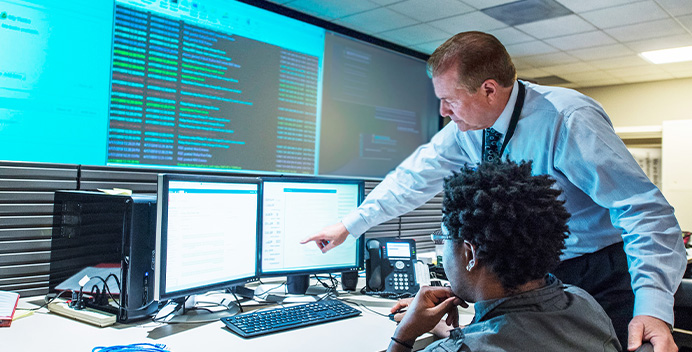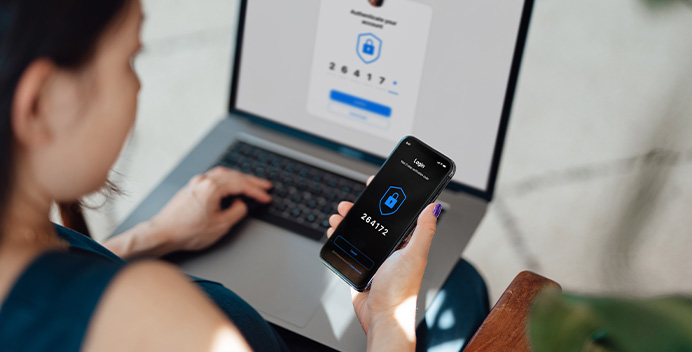
How To Defend Against Business Email Compromise
Fraud How to detect and defend against business email compromise
Article
07/22/2025
How To Defend Against Business Email Compromise
Business email compromise happens when scammers impersonate someone you trust in an attempt to defraud your company. Learn how to spot and prevent BEC.

How to defend against corporate phishing attacks
Fraud How to defend against corporate phishing attacks
Learn tips and tactics for preventing fraud.
Article
09/08/2024
How to defend against corporate phishing attacks
Arming your employees with the knowledge and tools needed to protect your business from phishing attacks is vital.

How to defend your business against password theft
Fraud How to defend your business against password theft
Password theft is a foundational cybercrime hackers rely on to access your company’s computer networks. Learn how to spot and stop these attacks.
Article
09/12/2024
How to defend your business against password theft
Password theft is a foundational cybercrime hackers rely on to access your company’s computer networks. Learn how to spot and stop these attacks.

